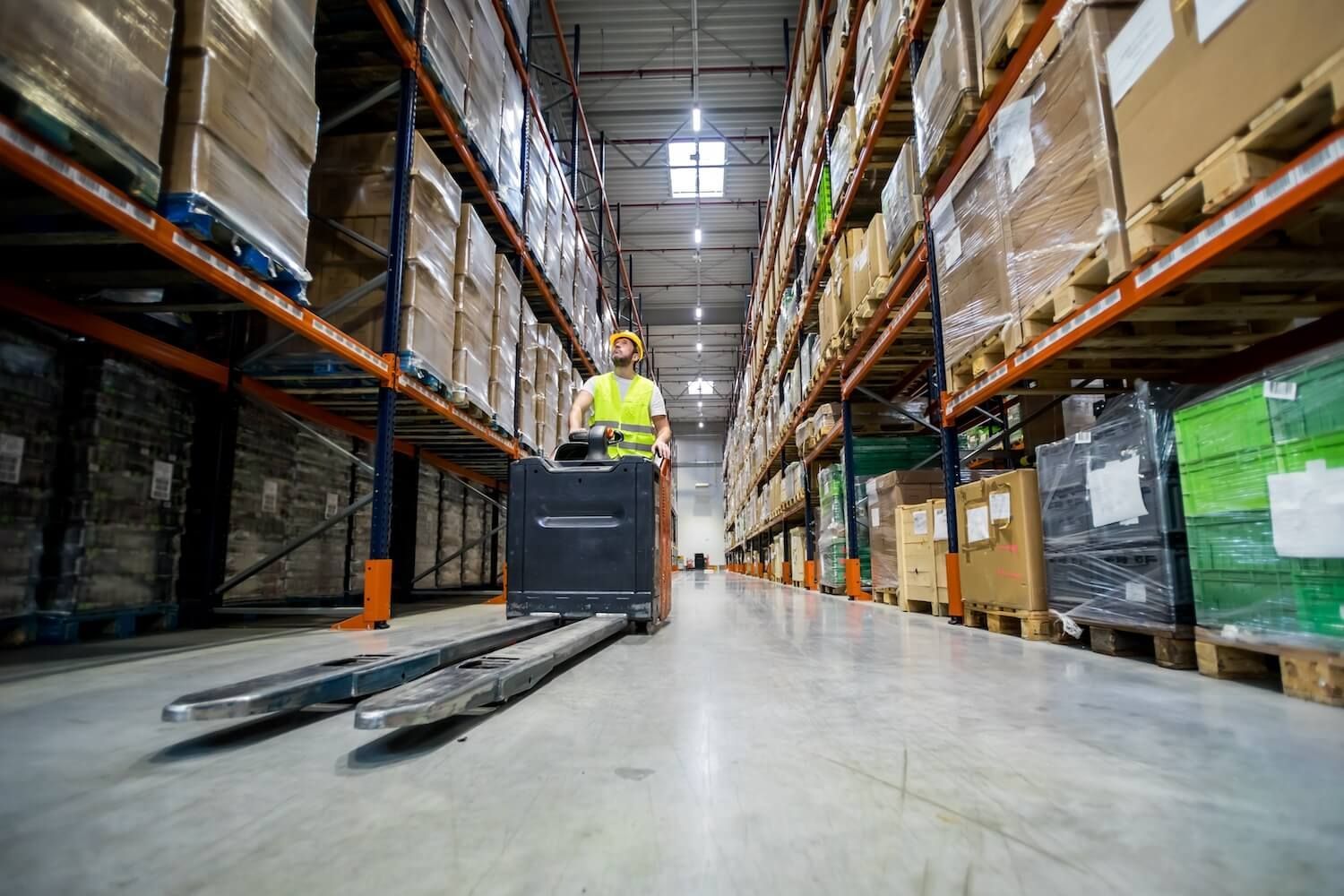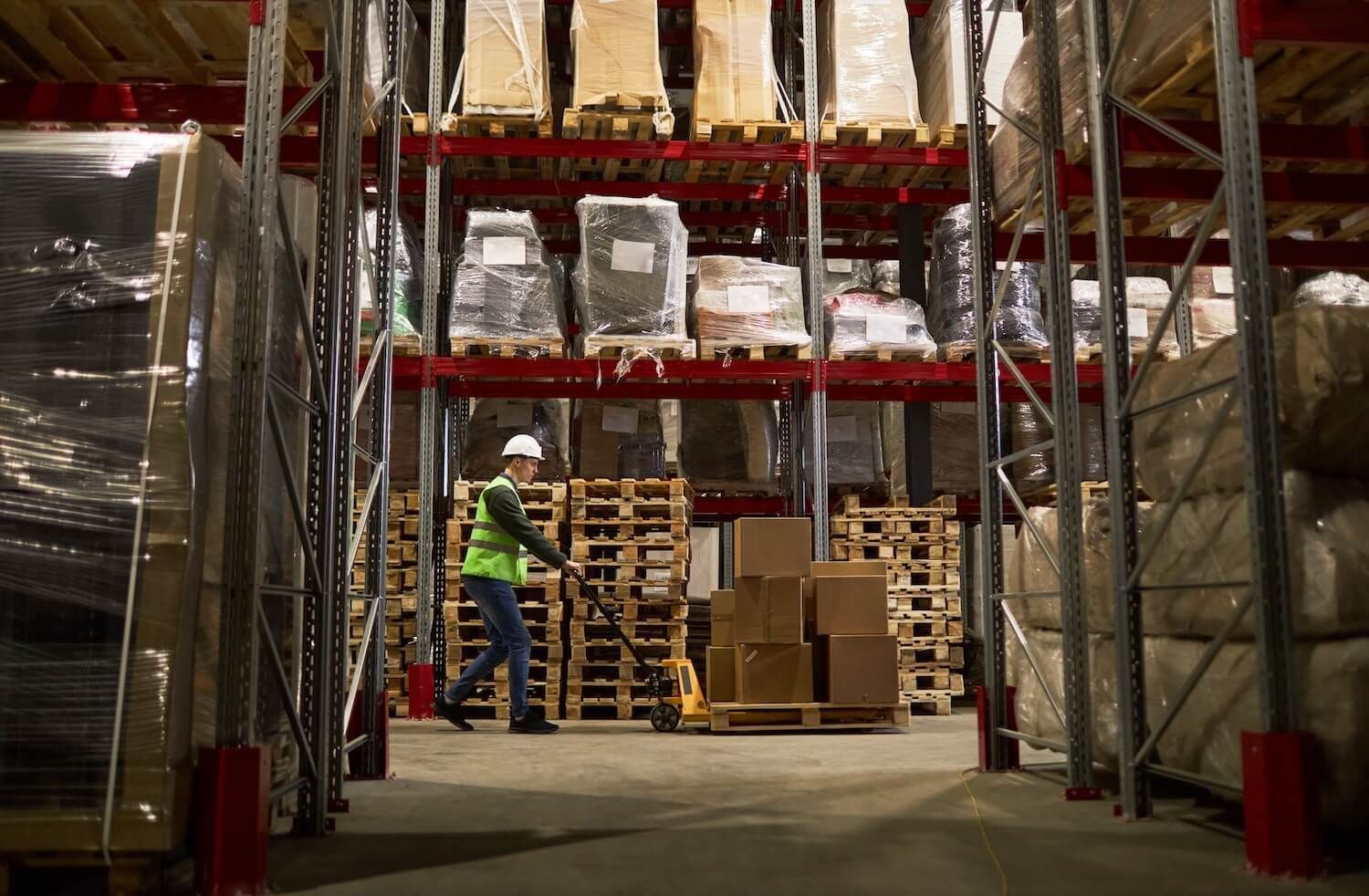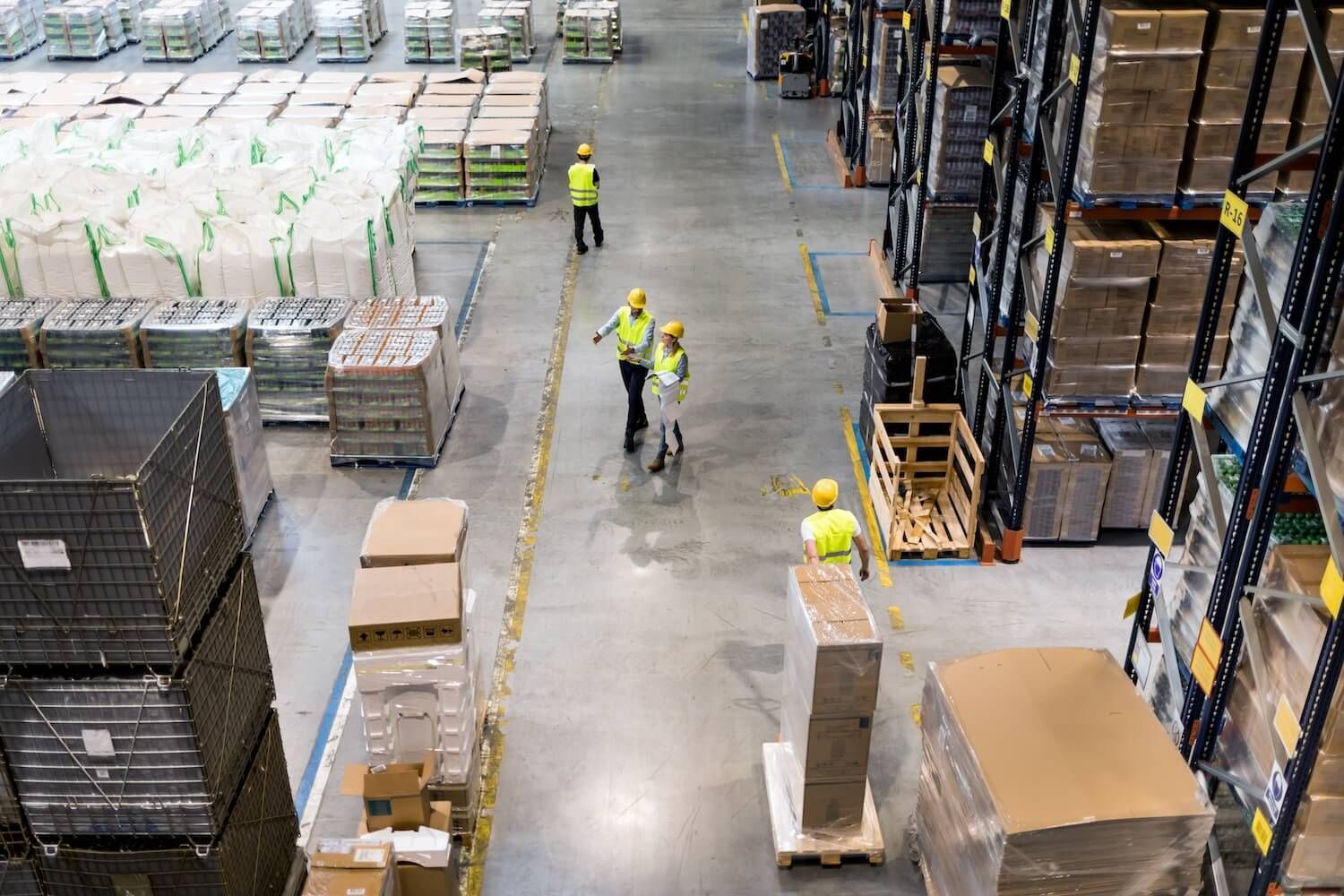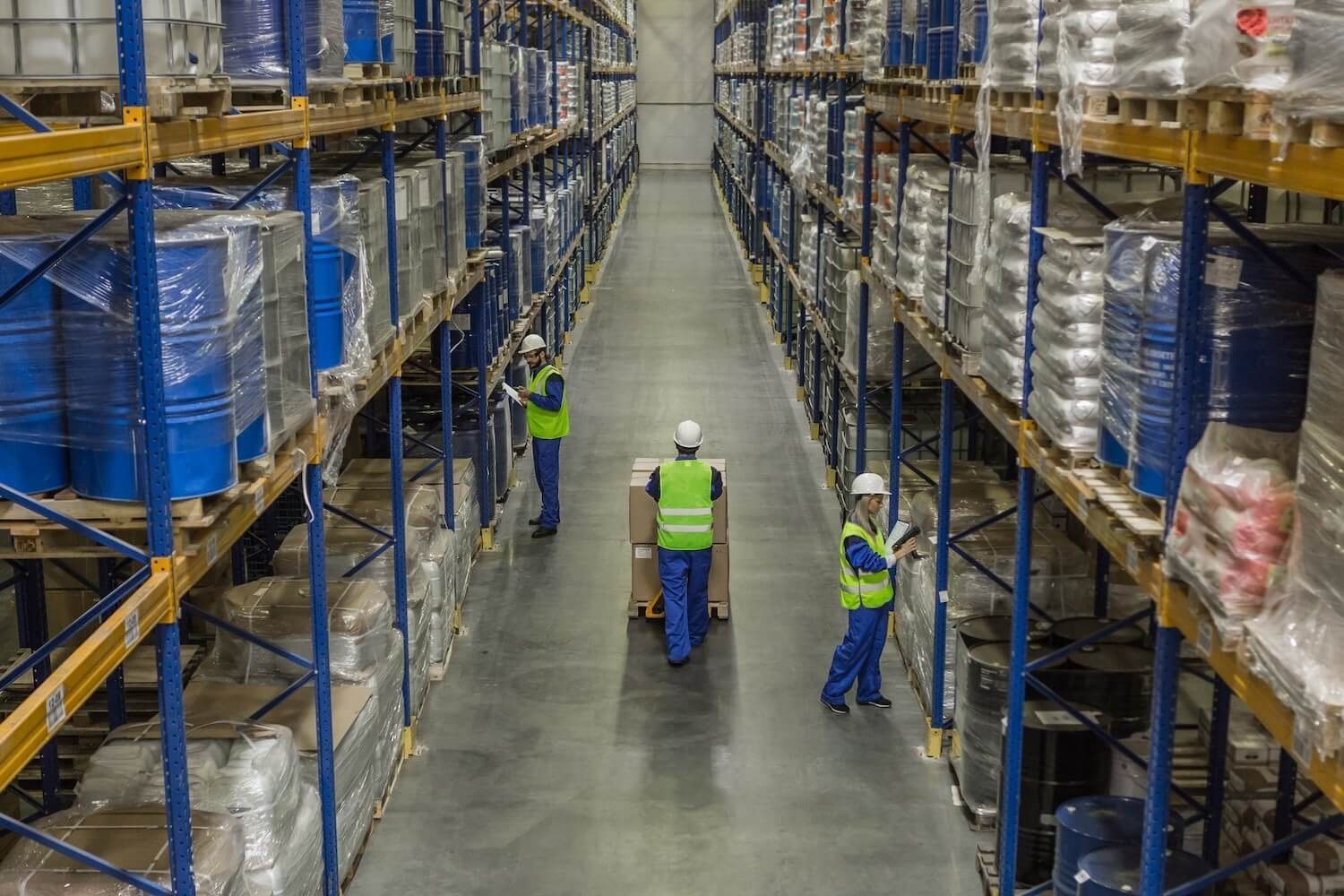From Crisis to Control: How Agile Warehousing Softens Trade War Blows

The late-night news alert landed in countless inboxes with the force of a gut punch. Another tariff. This time, on specialized components critical to the manufacturing sector, impacting businesses across multiple industries. It was a familiar, unwelcome jolt. Just months prior, it had been steel; before that, aluminum. Each announcement triggered a frantic scramble – a desperate attempt to find alternative suppliers, renegotiate contracts, and absorb escalating costs. The ripple effect through global supply chains felt less like a series of isolated tremors and more like a persistent, unpredictable, and often illogical assault on the very arteries of commerce.
For business owners and supply chain leaders, this new era of trade wars feels fundamentally different from previous market fluctuations. Recessions, natural disasters, and unexpected spikes in demand were crises with clear recovery paths. Trade policy shifts, however, are a continuous, unpredictable gauntlet. Each new regulation feels like a random dart thrown at a global map, and businesses, regardless of size or sector, are often caught in its path.
The overarching sentiment isn't just about managing costs; it’s about a profound sense of helplessness. The pervasive feeling of being perpetually reactive instead of proactively shaping one's destiny. Traditional inventory models, optimized for stability and efficiency, now feel like dangerous liabilities. When tariffs hit, carefully managed "just-in-time" stock can instantly become an economic burden, either trapped by new costs or rendered obsolete by forced shifts in sourcing strategies. Competitors falter, their warehouses either overflowing with unsellable goods or empty as they struggle to re-establish supply lines. The traditional warehousing model, designed for predictability, now feels like a straitjacket in a volatile world.
There's a deep yearning for control. For a way to not just weather these relentless storms, but to pivot and adapt with remarkable agility. The global market isn't stabilizing. The only variable of significant influence is a company’s resilience. But how does one transform a rigid, capital-intensive infrastructure like a warehouse into something fluid, responsive, and strategic?
The answer lies in a burgeoning concept gaining traction among forward-thinking enterprises: agile warehousing. This isn't merely about constructing larger facilities or stockpiling more goods. It embodies an entirely new philosophy of inventory management and physical storage, meticulously designed for the very volatility that keeps leaders awake at night.
The Cracks in the Foundation: Why Traditional Warehousing Falters Under Pressure
For decades, the bedrock principle of supply chain management was optimization for stability. The assumption of predictable demand, reliable transit times, and consistent policy environments allowed businesses to fine-tune their inventory to an almost scientific degree. Warehouses were strategically positioned, often owned outright or leased long-term, their size and layout meticulously planned years. Inventory was a delicate balance – enough to meet demand, but not so much as to incur excessive holding costs. The overarching objective was efficiency, minimizing waste, and maximizing throughput.
However, this meticulously crafted system buckles under the relentless pressure of trade wars and other significant global disruptions. Let's explore the points of failure:
Fixed Locations, Fixed Problems
Your established distribution centers, once perfectly positioned for optimal logistics, might suddenly find themselves economically disadvantaged. New tariffs or trade barriers can render previous trade routes unviable. Rerouting goods adds significant time, cost, and complexity, eroding profit margins and delaying market entry. This geographical inflexibility becomes a critical vulnerability.
Inventory as a Liability, Not an Asset
Existing stock, purchased under old tariff regimes, can instantly become more expensive to sell or ship, eroding competitiveness. New orders face steep price hikes, making products less attractive to buyers. This turns what was once a carefully managed asset into a financial burden, trapping capital and increasing risk.
The Slow-Motion Pivot
Shifting suppliers in response to trade policy changes is a colossal undertaking. It demands a cascade of complex adjustments: new contracts, rigorous quality checks, onboarding new logistics partners, and often, retooling production lines. Each step is a time-consuming negotiation, while competitors, or indeed customers, are already seeking alternative solutions. The inherent inertia of traditional systems means businesses are always playing catch-up.
Capital Immobilization
Large, owned warehouses represent substantial capital investment. This ties up significant funds that could otherwise be deployed to mitigate risks, pursue rapid expansion, fund crucial research and development, or adapt to other market shifts. In a volatile environment, such immobile assets become anchors, dragging down a company's ability to respond dynamically.
The inherent rigidity of traditional warehousing means that instead of responding swiftly and strategically, businesses are caught in a reactive cycle. They are constantly struggling to keep pace, bleeding cash through unforeseen costs, and steadily losing vital market share. This is not merely about absorbing a temporary cost; it’s about the fundamental erosion of competitive advantage and the stifling of innovation that results from prolonged uncertainty.
Embracing Fluidity: The Core Principles of Agile Warehousing
Agile warehousing is the direct antithesis of this rigidity. It's a strategic mindset, an operational framework that champions flexibility, responsiveness, and radical adaptability in the face of profound uncertainty. It operates on the fundamental understanding that the only constant is change, and thus, it designs systems that are not only resilient enough to withstand shocks but also nimble enough to leverage disruption for strategic advantage.
At its very heart, agile warehousing is built upon several transformative principles:
Distributed Networks Over Centralized Hubs
Instead of relying on a few vast, fixed distribution centers, an agile strategy leverages a network of smaller, strategically located facilities. This diversified network might include a mix of third-party logistics (3PL) providers, pop-up warehouses for temporary needs, and even micro-fulfillment centers closer to final customers. The core objective is twofold: to bring inventory closer to the point of consumption, and crucially, to diversify storage points, thereby mitigating the risk of disruption to any single location or trade route. This decentralization inherently builds resilience.
Flexible, On-Demand Storage Solutions
This is arguably the most revolutionary component of agile warehousing. Rather than owning or committing to long-term leases for vast, fixed spaces, businesses access warehousing as a service. Envision it as "cloud computing" for physical goods. When a trade policy shifts and demands a rerouting of a shipment, or a sudden surge in demand necessitates holding inventory closer to an emerging market, businesses can rapidly secure temporary, flexible storage in the optimal location. This can be achieved without the substantial capital expenditure or long-term commitment associated with traditional leases. This on-demand model allows for immediate scaling up or down of storage footprints based on real-time needs, skillfully sidestepping the pitfalls of both over-capacity and under-capacity.
Real-Time Visibility and Data-Driven Decisions
Agility demands complete clarity. A robust agile warehousing strategy is underpinned by advanced analytics and the continuous flow of real-time data from every node of the supply chain – from inbound shipments and raw material levels to finished goods inventory and outbound order fulfillment. This constant stream of actionable intelligence empowers businesses to make rapid, informed decisions about where to store, when to move, and how to optimize their inventory flow in immediate response to breaking news, emerging geopolitical shifts, or sudden market trends. Data becomes the fuel for dynamic adaptation.
Multi-Modal and Redundant Logistics
An agile approach fundamentally recognizes that relying on single points of failure in transportation is an unacceptable risk. It proactively builds in redundancy and diversification across transportation modes. This means exploring and vetting multiple shipping routes (ocean, air, rail, road) and engaging with diverse carriers. If a specific port faces tariffs, labor disputes, or natural disasters, alternative routes and partners are already established and ready to be activated, ensuring continuity of supply.
Dynamic Inventory Positioning
In an agile framework, inventory is not a static block of goods. It is actively managed and strategically repositioned based on evolving market conditions, geopolitical developments, and real-time demand signals. This might involve pre-positioning critical components in a tariff-free zone, strategically holding safety stock in multiple diverse locations to mitigate transit risks, or even deploying goods to temporary pop-up distribution centers closer to specific customer segments impacted by new regulations. This proactive movement of goods ensures optimal responsiveness.

From Stasis to Strategic Advantage: The Transformative Impact of Agile Warehousing
The integration of agile warehousing fundamentally changes a company’s relationship with its inventory and physical logistics. It transforms an area often seen as a cost center and a source of vulnerability into a potent strategic enabler.
De-Risking Sourcing and Procurement
With the inherent flexibility to quickly switch suppliers and reroute inventory, businesses gain a profound advantage in their sourcing strategies. They can explore new procurement options and diversify their supplier base without being constrained or trapped by existing, rigid logistics infrastructure. This reduces dependence on single regions or suppliers, building a more robust and adaptable supply chain.
Maintaining Market Competitiveness
Rapid adaptation to new trade policies means businesses can often avoid or significantly minimize passing on tariff-related costs to their customers. This preserves critical price advantages and helps maintain market share even when competitors are struggling with inflated costs due to rigid supply chains. Agility becomes a direct driver of competitive edge.
Unlocking Capital and Fostering Innovation
By significantly reducing the need for owned or long-term leased warehousing, substantial capital is freed up. This liberated capital can be strategically reinvested into core business functions, accelerate research and development, fuel market expansion, or mitigate other emerging risks. It transforms capital that was once tied up in static assets into dynamic resources for growth and resilience.
Enhancing Customer Satisfaction and Brand Reputation
Ultimately, the benefits cascade to the end customer. Fewer delays, reduced stockouts, and more consistent pricing, even in turbulent times, lead directly to higher customer satisfaction. A reputation for reliability and adaptability, especially when competitors are struggling, significantly strengthens brand loyalty and market standing.
A quiet, strategic confidence can replace the apprehension that often accompanies every new trade announcement or global disruption. The fundamental realization is that volatility is not a temporary anomaly; it is the new normal. The enduring solution is not to wish for a return to past stability, but to proactively build a supply chain that inherently thrives on agility and continuous adaptation.
Take Control: Build Supply Chain Resilience with Agile Warehousing Solutions
The era of predictable global trade and stable supply chains is a fading memory. The future belongs to the agile. It belongs to businesses that can pivot, adapt, and innovate faster than the pace of disruption. If you're a business owner or supply chain leader grappling with the constant blows of market volatility, it’s time to move beyond reactive measures and proactively build a truly resilient, responsive supply chain.
You don’t have to face the next trade policy announcement, natural disaster, or market shock with a knot of anxiety. Imagine having the strategic power to reroute, restock, and pivot your inventory strategies with remarkable speed and precision. Envision your warehousing infrastructure no longer as a fixed cost and a potential liability, but as a dynamic, flexible asset that empowers your entire operation to thrive amidst uncertainty.
This transformative power is within your reach. It's the inherent power of agile warehousing, delivered through intelligent, on-demand warehousing solutions meticulously designed for the complex realities of today’s global economy.
Don't just survive the next disruption. Master it. Build supply chain resilience with our agile warehousing solutions. Let Razr Logistics help you transform your operations from a state of crisis management to one of confident control, ensuring your business doesn't just weather the storm but emerges stronger, more adaptable, and strategically prepared for whatever challenges and opportunities the future holds.












 by
by